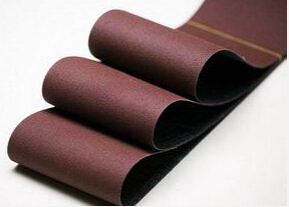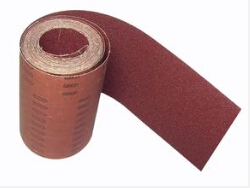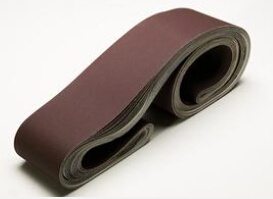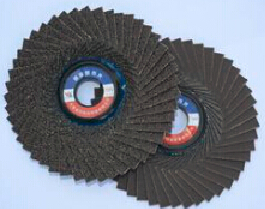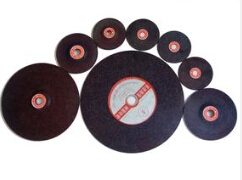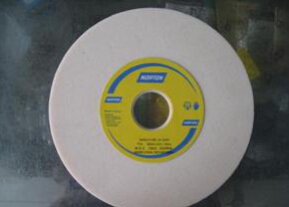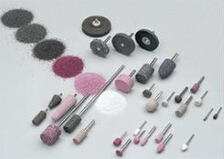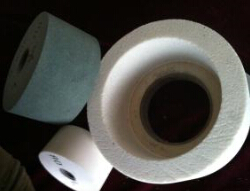Effect of particle size composition and chemical composition on properties of fused alumina-spinel castable
Zhongsen Editor 2021-09-16 Aluminum-magnesium castable is a type of refractory castable with alumina and magnesium oxide as the main components.
The development process of aluminum-magnesium castables is shown in Figure 1 above. The quality of slag resistance determines the development of aluminum-magnesium castables. In this castable, as the MgO content increases, its slag resistance becomes better, but its slag resistance decreases. Previous studies have shown that whether MgO is introduced in the form of magnesia or spinel, when the content of MgO is 5 to 7%, the comprehensive performance of the castable against erosion and penetration is the best.
At the same time, the thermal expansion coefficient of MgO is large (0~1500℃ is (14~15)×10-6/℃), and increases with the increase of temperature; the thermal conductivity decreases with the increase of temperature (34.3W at 100℃ /(m•K), which is 6.7W/(m•K) at 1000℃, so its thermal shock stability is poor. Comprehensive consideration, the MgO content should be controlled during use. Spinel shows good thermal shock stability, strong erosion resistance, and good volume stability of castables. Therefore, aluminum-magnesium castables show the development trend of replacing MgO with spinel and introducing MgO in the form of matrix. The aluminum-rich spinel has large surface energy, weak grain boundary bonding, large activity, and easy reaction. The vacancies in the crystal lattice can capture Fe2+ and Mn2+, showing better slag resistance than the theoretical spinel, so aluminum-magnesium casting The material tends to use aluminum-rich spinel.
1. Features of fused alumina-spinel castable
Al2O3-spinel castable, namely corundum-spinel castable. As mentioned above, the alumina-spinel castable is made of fused or sintered fused alumina or tabular alumina as the aggregate, and the powder is made of pure synthetic spinel powder, α-alumina fine powder, reactive alumina It is composed of powder, pure calcium aluminate cement and dispersant, and belongs to low cement combined castable.
Fused alumina has a melting point of about 2050°C and has good wear resistance and erosion resistance. The spinel (theoretical composition is MgO28.3%, Al2O371.7%) has a melting point around 2135℃, good chemical stability, good thermal shock stability and anti-erosion ability. The "pure" system composed of these two substances, after high temperature treatment, forms three high melting point mineral phases, namely calcium hexaaluminate, aluminum magnesium spinel and fused alumina, which is called the optimal matrix system. Among them, the average expansion coefficients of spinel and fused alumina from 0 to 1000K are 7.6×10-6/K and 8.8×10-6/K, respectively, and the two will form complex phase toughening, which makes the castables have good thermal shock stability. . The three mineral phases form a good combination with each other, so that the castable has excellent slag resistance and thermal shock resistance, so it is widely used in ladle lining, breathable elements and spray guns.
2. Effect of particle size composition on fused alumina-spinel castable
Reasonable particle grading makes the castables have excellent room temperature strength, construction performance, and proper porosity and pore size. When calculating according to Andreasen's theoretical formula, the particle size distribution coefficient of the castable is generally between 0.2 and 0.3. To obtain a good flowable castable, the key is to optimize the material's raw material particle distribution (PSD).
Retaining wall is a precast block of vibrating castable, so the quality of construction performance in production directly affects its performance. Therefore, the choice of critical particles and particle composition is particularly important. At the same time, under the premise of ensuring a smooth construction, its use intensity cannot be reduced.
3. Effect of chemical composition on fused alumina-spinel castable
The fused alumina-like raw materials used in fused alumina-spinel castables mainly include tabular alumina, dense compact fused alumina, fused white fused alumina, brown fused alumina and alumina. Li Yousheng and other studies believe that fused alumina-spinel castables using super-alumina, fused white fused alumina, and fused high alumina corundum, with fused high alumina corundum as aggregate, have the best fluidity, while fused White fused alumina has the best thermal shock stability for aggregates. Lei Zhongxing et al. studied the effects of fused white fused alumina, brown fused alumina and super-alumina aggregates on the properties of aluminum-magnesium castables. Studies have shown that brown fused alumina as the aggregate has the best flowability of castables, followed by super-alumina The earth clinker is the worst in fused white fused alumina, but the castable with fused white fused alumina as aggregate has the best thermal shock stability.
Magnesium aluminum spinel has the characteristics of high melting point, low thermal expansion coefficient and thermal conductivity. It is widely used in large-scale cement rotary kilns and ladle linings because of its good thermal shock resistance and alkali slag erosion resistance. In high temperature industries. The content of spinel (Al2O3 and MgO) used as raw materials in the refractory industry in China is generally 95-99%, and aluminum-magnesium spinel is divided into two categories according to the difference in MgO content: magnesium-rich spinel (high MgO content) And the aluminum-rich spinel (MgO content is lower than the theoretical value).Magnesium-rich spinel is basically used for alkaline refractory materials, it contains free MgO, and the coefficient of thermal expansion is small, it is widely used in the tuyere and high temperature zone of cement kiln; aluminum-rich spinel can be absorbed because of the cationic lattice defect MnO and FeO in the slag have excellent slag resistance and are widely used in steelmaking refractories. Han Bin et al. studied the effect of spinel particle size on the properties of castables, and believed that with the increase of the spinel particle content, the post-fire strength of the sample increased first and then decreased, the shrinkage after firing decreased, and the spinel was fine. The sample with powder and particle ratio of 1:3 has better anti-mature shock resistance. In addition, fused alumina-spinel castables also need to add other materials in order to obtain certain construction performance, such as aluminate cement to improve its bonding strength, ultrafine powder to improve fluidity, etc. In order to further improve their overall performance, researchers have also done a lot of research on the influence of additives on the performance and life of castables

